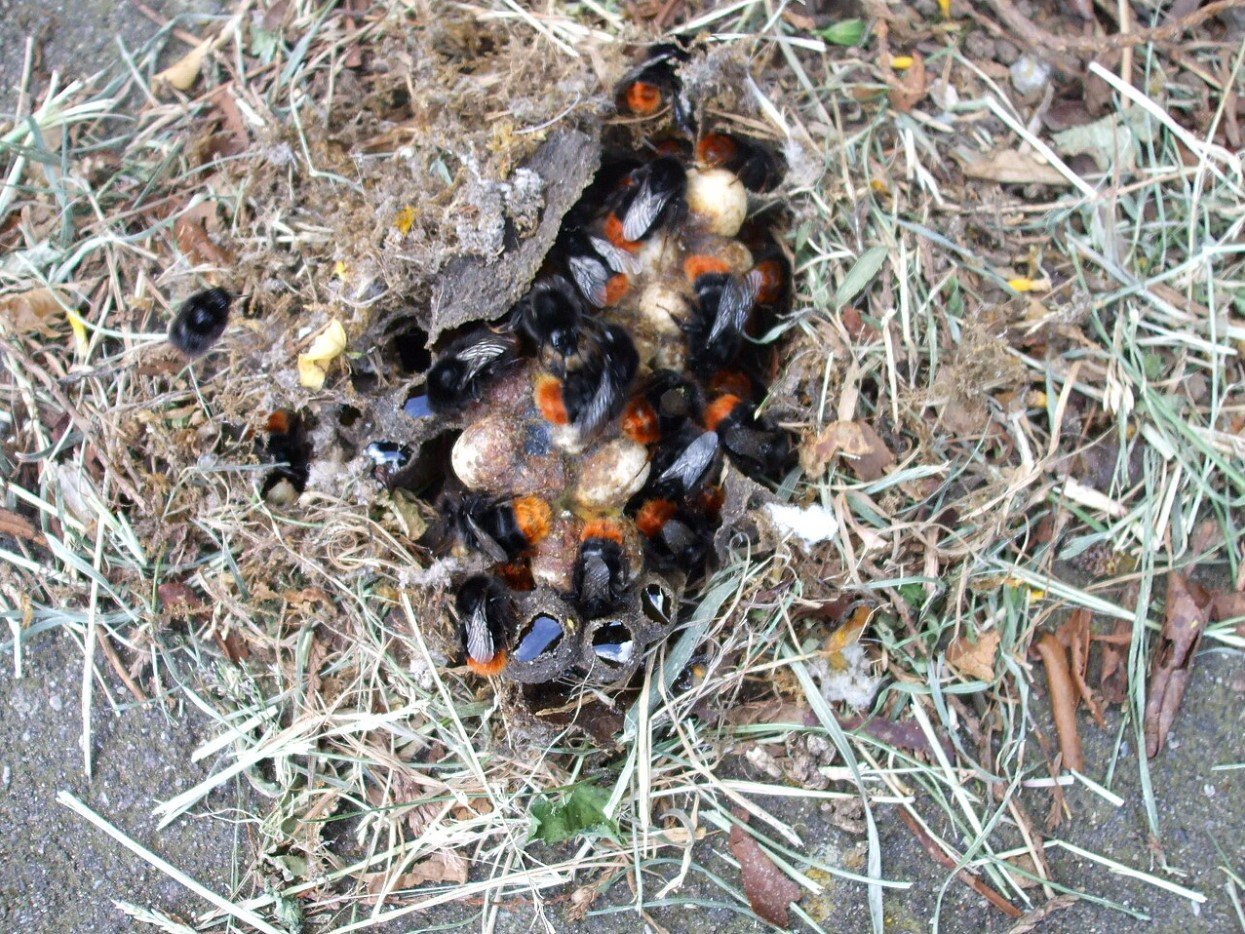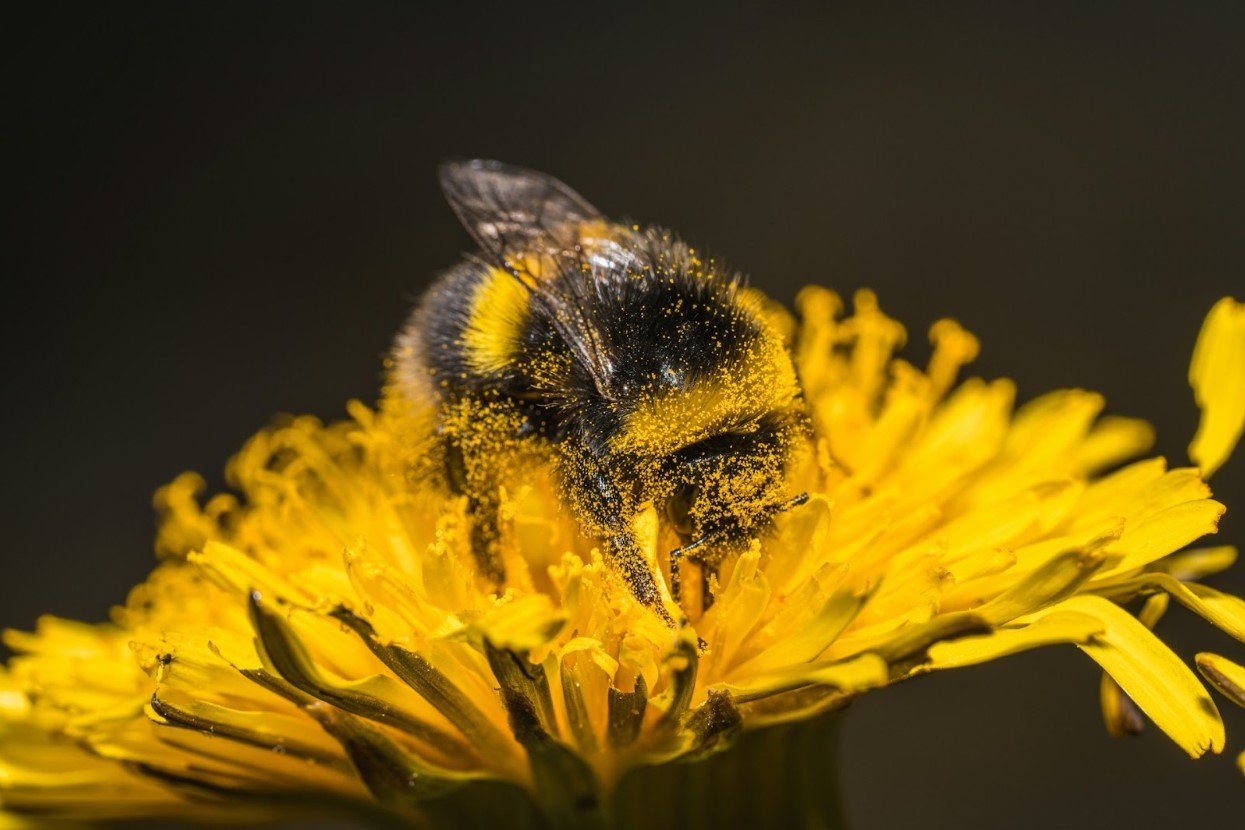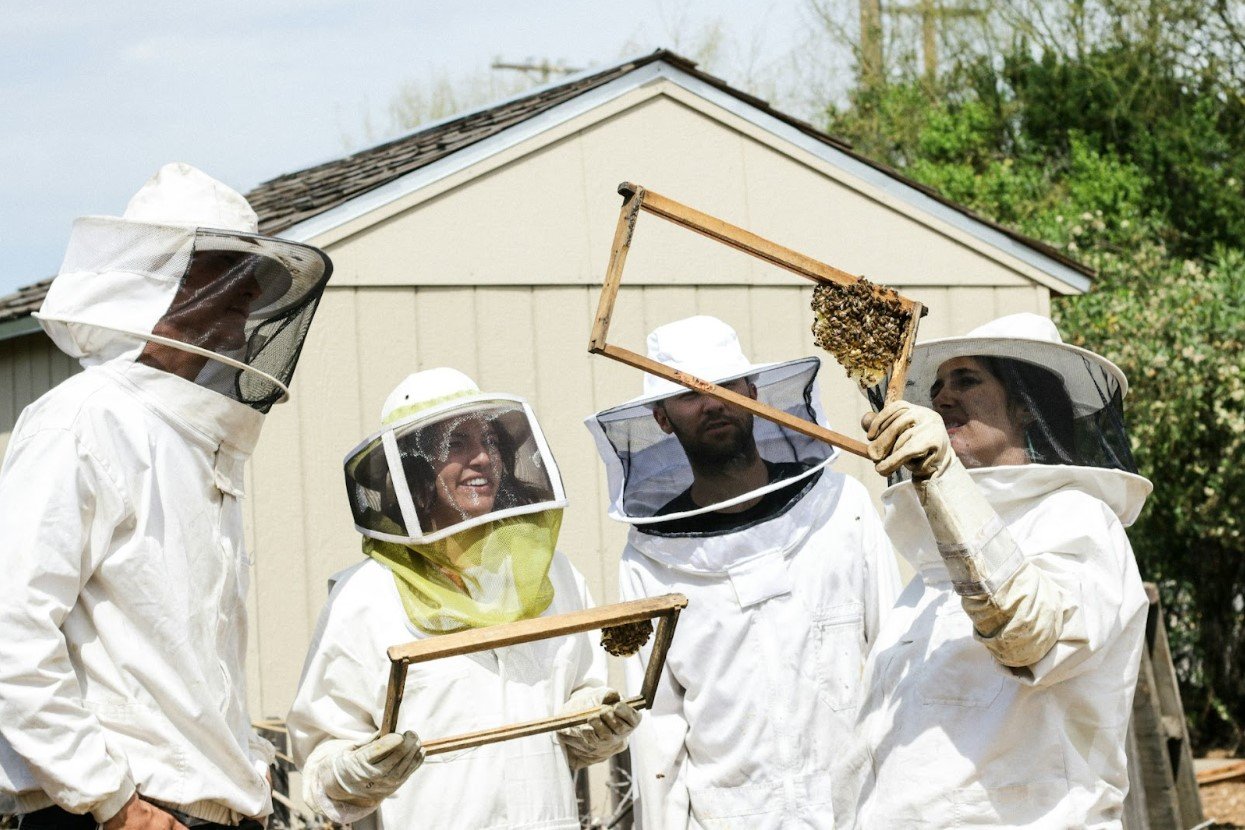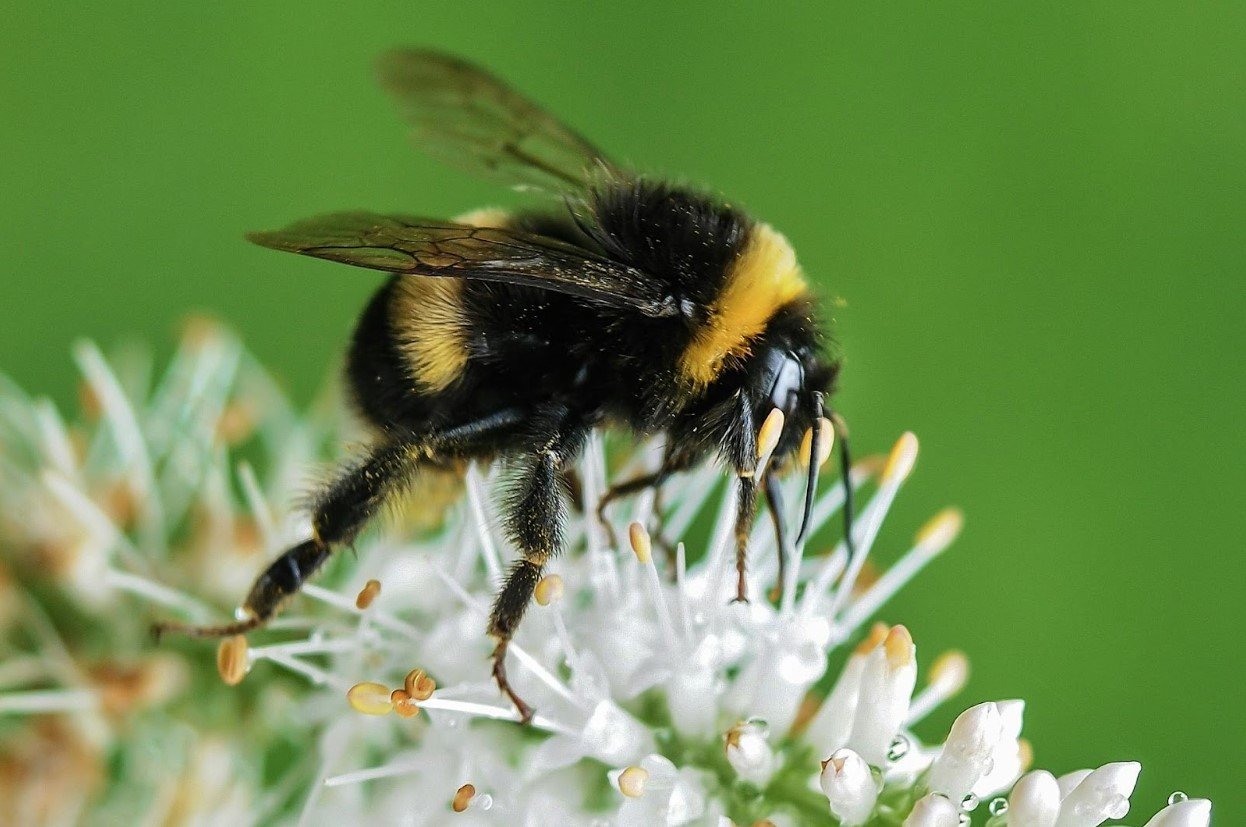Experts Find Concerning New Evidence as to Why Bumblebees Are Disappearing
Bumblebees are disappearing from Earth. Why, though? Scientists have studied the decline in bumblebee population and discovered a new factor for the diminishing numbers of bumblebees.
If you guessed the answer is “climate change,” you guessed correctly. The warming of the planet is at fault for the disappearance of the bumblebees. And this could be fatal.
Not Just Climate Change
Climate change is definitely the major factor for the decline of the bumblebee population. This population has decreased by 90 percent in the past two decades, according to Environment America.

Source: Garda Pest Control Indonesia/Pexels
But the climate is not the only factor causing the decline. Urban development and the use of pesticides also contribute to making their numbers smaller.
Vital for the Ecosystem
When there are no bumblebees, the effect could be fatal for Earth. Bumblebees are especially vital for ecosystems as they pollinate flowers and crops.

Source: Michael Hodgins/Pexels
If the populations continue to decrease, crops wouldn’t be able to produce fruits and vegetables. Despite their size, bumblebees are highly crucial in the natural balance of life on Earth.
New Study Discoveries
A new Frontiers in Bee Science study has discovered the rising heat of the planet, due to none other than global warming, might be a significant reason for the decreasing numbers of bumblebees worldwide.

Source: Alex Braga/Unsplash
Peter Kevan of the University of Guelph, Ontario, Canada, and the lead author of the study said in a statement, “The decline in populations and ranges of several species of bumblebees may be explained by issues of overheating of the nests and the brood.”
Lethal at Over 35 Degrees Celsius
Furthermore, Kevan elaborated, “The constraints on the survival of the bumblebee brood indicate that heat is likely a major factor.”

Source: Matteo Fusco/Unsplash
His team found that although bumblebees have “the remarkable capacity to thermoregulate,” if a nest gets heated up above 35 degrees Celsius, their home could turn lethal.
The Right Temperature
But a closer look at the factor relating to bumblebee populations across the globe showed clarity: While it’s certain that many bumblebee populations are in trouble, they couldn’t identify a definitive factor for all species.

Source: Phelyan Sanjoin/Wikimedia Commons
The team studied 180 years worth of literature on the species. They discovered one common factor across all bumblebee species: Bumblebees can survive in temperatures up to 36 degrees Celsius (96.8F), but the ideal nest temperature is between 28 to 32 degrees Celsius (82.4 to 89.6F).
Unable to Thermoregulate if It’s Too Hot
Still, bumblebees won’t be able to thermoregulate to the extent that rising temperatures caused by climate change require. And temperature limits appear to be similar in many species of bumblebees.

Source: Neringa Normantaite/Unsplash
“Excessively high temperatures are more harmful to most animals and plants than cool temperatures,” Kevan explained. “When conditions are cool, organisms that do not metabolically regulate their body temperatures simply slow down. But when temperatures get too high, metabolic processes start to break down and cease. Death ensues quickly.”
Reliance on Collective Survival
A bumblebee colony acts as “a superorganism,” meaning that they rely on collective survival. Their reproductive fitness depends highly on the reproduction of the colony, instead of individual bees.

Source: USGS/Unsplash
Individual bees may be able to deal with the increased heat better than most, but if the nest is too hot, the colony won’t thrive anyway. This may have limited their ability to adapt over time so that rising temperatures become more threatening to their survival.
Heat Also Threatens Honeybees
Similar studies have been conducted on honeybees, cousins of the bumblebee. They are also a species under threat that’s nonetheless special.

Source: Meggyn Pomerleau/Unsplash
A high nest temperature will put the health of the queen bee at risk. And this fact emphasizes further that heat stress is a major factor in the overall decline of all bees.
Lack of Study
To Kevan and his team, the lack of study done on high nest temperatures comes as a surprise. “The effect of high nest temperatures has not been studied very much, which is surprising,” he said.

Source: Ben McLeod/Unsplash
“We can surmise that nest temperatures above the mid-30s Celsius would likely be highly detrimental and that above about 35 Celsius death would occur, probably quite quickly,” Kevan later concluded.
More Research Needed
Clearly, more research needs to be done to ensure the survival of the bumblebees. The research would have to include some aspects of bumblebee ecology that have not been explored much.

Source: Douglas Raggio/Unsplash
These aspects include nest morphology, material properties, temperature and thermoregulation. Scientists also hope that bumblebee colonies will thrive if their survival is ensured.
Hope for the Future
A deeper understanding on how different colonies cope with the same conditions and how different species cope with different conditions is needed. Scientists need to study whether some bumblebee species have broader thermal neutral zones that allow them to be more resilient.

Source: Skitterphoto/Pexels
Kevan hopes that future scientists might be able to take the ideas he and his team presented and apply them to their own research on bumblebee health and conservation.
